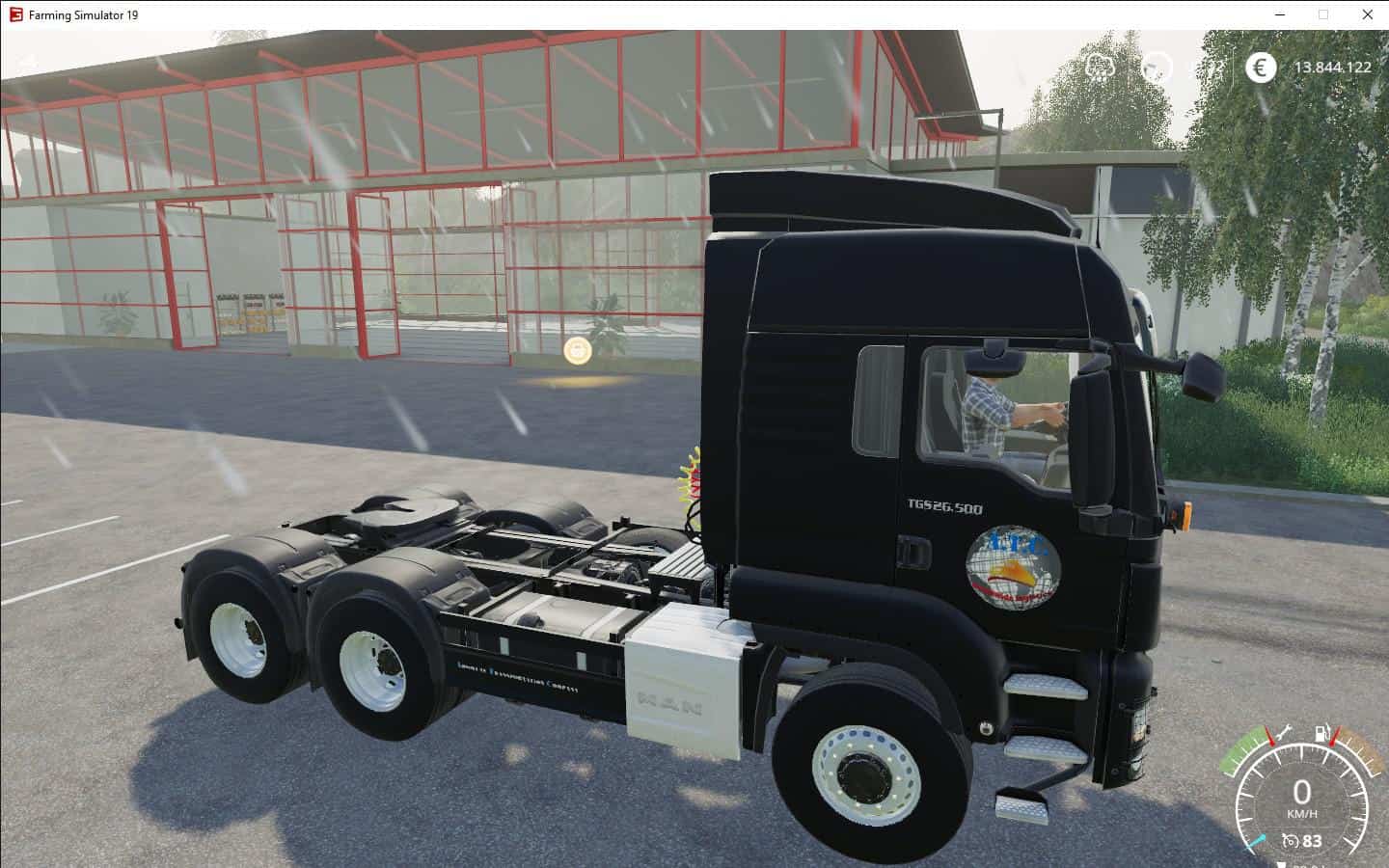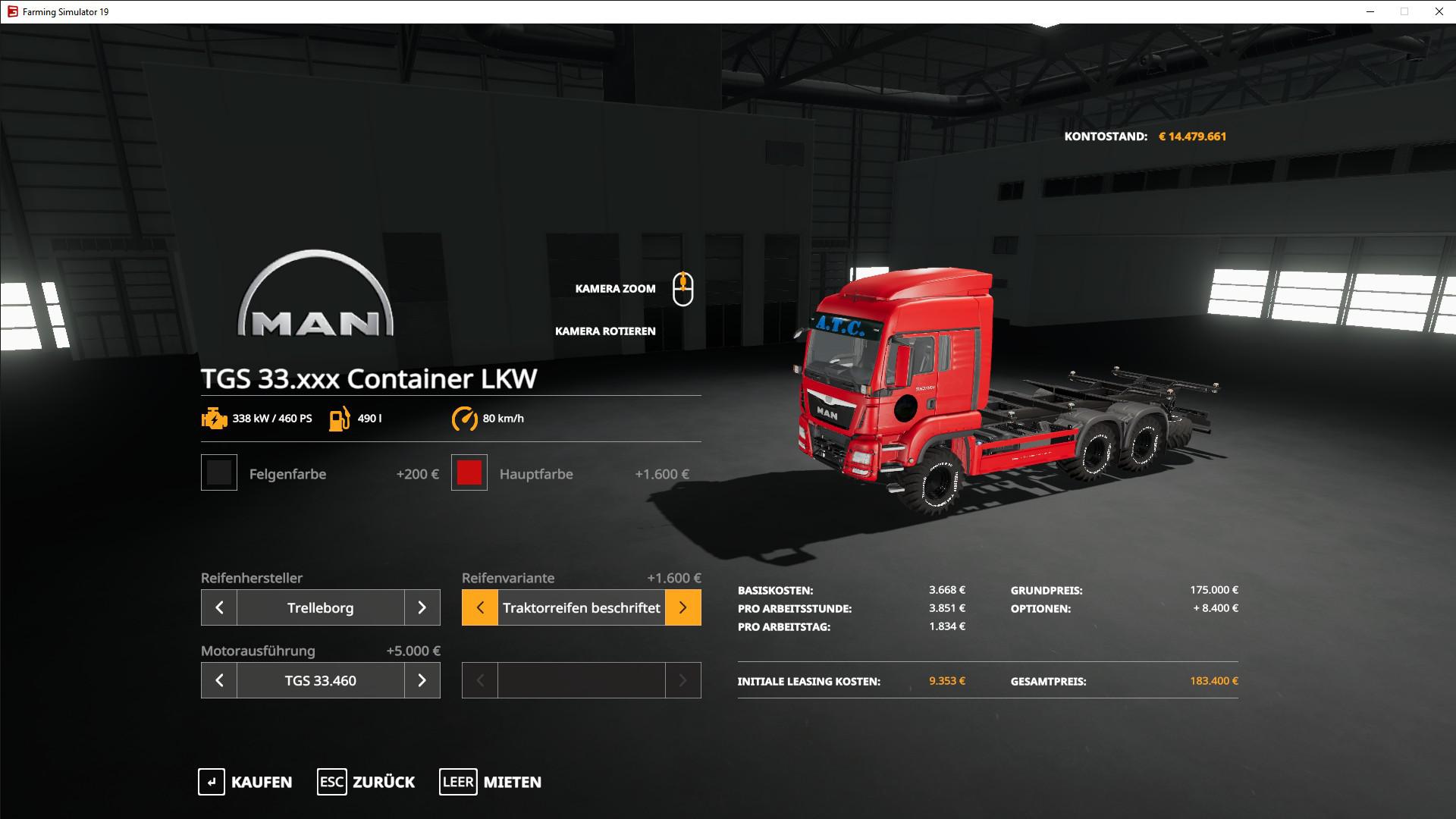

These controllers give pilots clearances to enter controlled airspace and hand off control of aircraft to en route controllers. Most observe from control towers, managing traffic from the airport to a radius of 3 to 30 miles out.Īpproach and departure controllers ensure that aircraft traveling within an airport’s airspace maintain minimum separation for safety. They check flight plans, give pilots clearance for takeoff or landing, and direct the flow of aircraft and ground traffic in their area of responsibility. Tower controllers direct the movement of aircraft and other vehicles, such as snowplows, on runways and taxiways. The following are examples of types of air traffic controllers: For example, a controller might direct one aircraft on its landing approach while providing another aircraft with weather information. They also use radar, computers, and other visual references to monitor and direct aircraft movement in the skies and on airport grounds.Ĭontrollers usually manage multiple aircraft at the same time. Air traffic controllers use radio equipment to communicate with pilots. They manage the flow of aircraft into and out of the airport airspace, guide pilots during takeoff and landing, and monitor aircraft as they travel through the skies. Alert airport response staff in the event of an aircraft emergencyĪir traffic controllers’ primary concern is safety, but they also must direct aircraft efficiently to minimize delays.Inform pilots about weather, runway closures, and other critical information.Transfer control of departing flights to other traffic control centers and accept control of arriving flights.Issue takeoff and landing instructions to pilots.Control all ground traffic at airport runways and taxiways.


Similar OccupationsĬompare the job duties, education, job growth, and pay of air traffic controllers with similar occupations. Most of those openings are expected to result from the need to replace workers who transfer to different occupations or exit the labor force, such as to retire.Įxplore resources for employment and wages by state and area for air traffic controllers. Job OutlookĮmployment of air traffic controllers is projected to show little or no change from 2021 to 2031.ĭespite limited employment growth, about 2,400 openings for air traffic controllers are projected each year, on average, over the decade. The median annual wage for air traffic controllers was $129,750 in May 2021. citizen, submit to medical and background checks, and complete training at Federal Aviation Administration (FAA) academy. Candidates typically need an associate’s or a bachelor’s degree from the Air Traffic Collegiate Training Initiative program, several years of progressively responsible work experience, or a combination of education and experience. There are several paths to becoming an air traffic controller. Night, weekend, and rotating shifts are common. Their work can be stressful because maximum concentration is required at all times. Work EnvironmentĪir traffic controllers work in control towers, approach control facilities, or en route centers. Quick Facts: Air Traffic ControllersĪir traffic controllers coordinate the movement of aircraft to maintain safe distances between them. Please enable javascript to play this video.


 0 kommentar(er)
0 kommentar(er)
